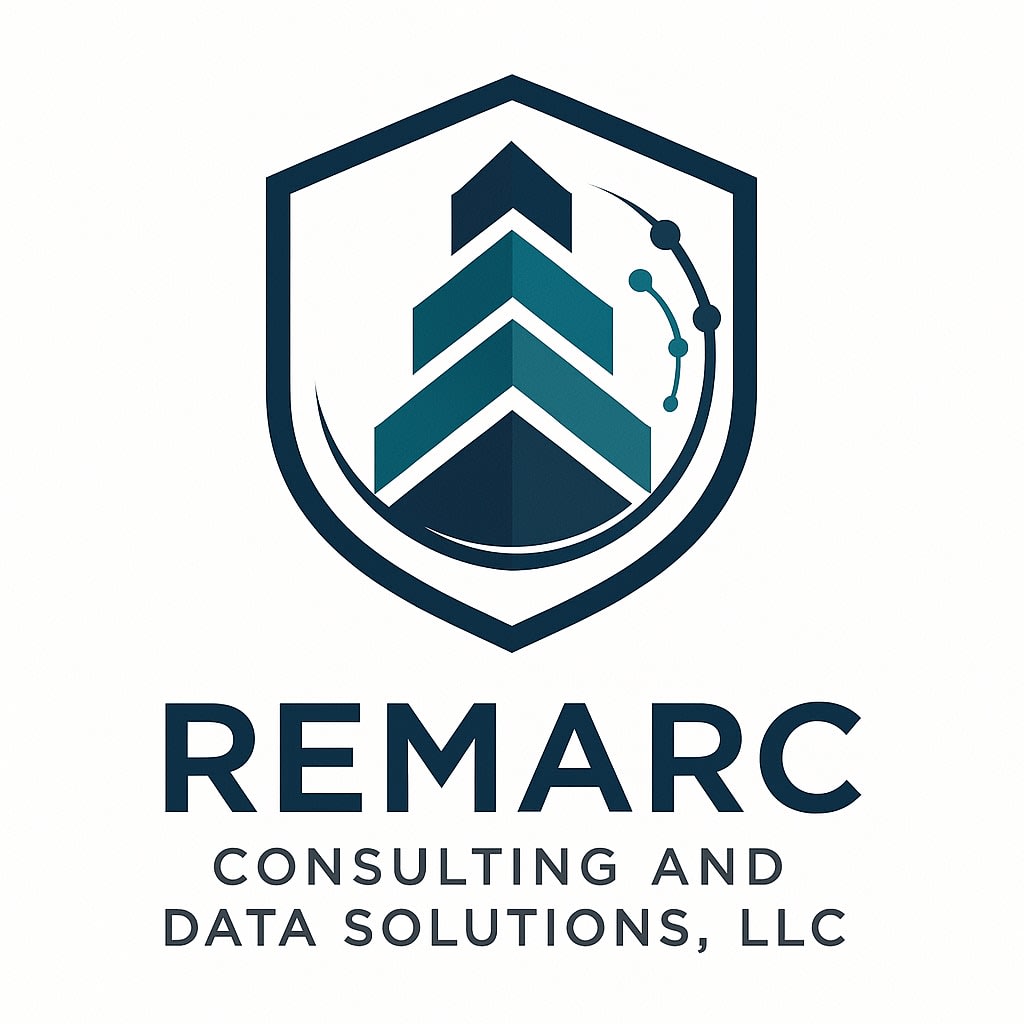Blog
Conversational AI
Conversational AI has quickly become one of the most recognized entry points into artificial intelligence. From chatbots to voice assistants to copilots embedded in familiar tools like Excel and Teams, this pattern is transforming how organizations communicate with patients, employees, and internal systems.
But what makes Conversational AI especially powerful is its ability to go beyond what’s bundled in your ERP system. While vendors like Infor, Workday, Oracle, and SAP may offer embedded AI modules, these are often limited to specific use cases (e.g., expense approvals, recruiting chatbots). The real opportunity lies in extending Conversational AI to leverage ERP data together with data warehouses and data lakes — enabling more flexible, domain-specific, and high-value solutions.
For healthcare providers, patient engagement is a critical driver of satisfaction, outcomes, and cost control. Conversational AI can:
• Automate scheduling and triage: A chatbot that integrates with ERP or EHR scheduling systems to guide patients to the right appointment at the right time.
• Support post-discharge follow-up: Voice or text reminders for medications, follow-up visits, or symptom monitoring.
• Provide 24/7 support: Answer FAQs about insurance, directions, or lab results — freeing up staff for more complex interactions.
Behind the scenes, these systems often use retrieval-augmented generation (RAG) to pull accurate, real-time data from ERP, CRM, and clinical systems, reducing the risk of outdated or generic responses.
In finance, Conversational AI is more than just a chatbot. Think of it as a copilot for financial insight.
• Automated inquiry handling: Vendors asking 'Where’s my payment?' or staff asking 'What’s the status of this claim?' can get instant answers.
• Conversational analytics: Finance leaders can ask, 'What were the top variance drivers this month?' and receive a contextualized response with links back to ERP and data warehouse tables.
• Excel integration: Conversational copilots embedded in Excel can query ERP and data lake data directly, making variance analysis, reconciliations, and forecasting faster and more accurate.
These solutions often start as ERP extensions but quickly prove their value when connected to broader enterprise data ecosystems.
IT helpdesks are often overwhelmed with repetitive questions — resetting passwords, software installation requests, or 'How do I access the VPN?'
Conversational AI can serve as a first-line helpdesk agent, answering FAQs and resolving simple requests automatically. Using frameworks like LangChain, these systems can connect LLMs with organizational knowledge bases, policies, and ERP documentation. This not only reduces IT workload but also improves user satisfaction through faster resolution times.
A common misconception is that 'we already have AI because it came with our ERP system.' While ERP vendors provide a foundation, these modules are narrow by design. They may not cover patient engagement, cross-functional finance workflows, enterprise IT support, or a host of other organizational needs.
By thinking in terms of extensible AI, organizations can:
• Use ERP as an anchor data source.
• Layer in enterprise data lakes and warehouses.
• Deploy Conversational AI solutions that span multiple domains.
The result is a more holistic and human-centered AI strategy.
1. Patient scheduling chatbot: Integrated with ERP/EHR systems, reducing call center load and improving patient experience.
2. Finance copilot in Excel: Conversational queries against ERP and data lake, accelerating reconciliations and variance analysis.
3. Virtual IT helpdesk agent: Built with LangChain + RAG, connected to ERP documentation, policies, and enterprise FAQs.
Conversational AI is often the first step on an AI journey because it is highly visible, easy for staff and patients to understand, and relatively low-risk to pilot. By starting here, organizations build the cultural and technical foundation needed to scale into predictive analytics, prescriptive optimization, and beyond.
This blog is part of our AI Patterns in Practice series (Issue 2 of 7). In our next installment, we’ll explore Predictive Analytics and how it drives measurable value in healthcare finance, operations, and supply chain.
Let’s Connect
Have questions or want to discuss how CPMAI can work for your team? Fill out the form below, and we’ll get back to you promptly to explore next steps together.
